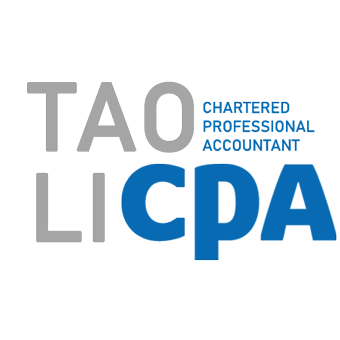Flipping Home Will be Taxed 100% of the Gain – New Residential Property Flipping Rule
Residential property flipping rule announced in federal budget 2022 to ensure profits from flipping properties are fully taxed, any person who sells a residential property they have held for less than 12 months would be fully taxed on their profits as business income. Exemptions would apply if the sale is for certain reasons, such as a death, disability, the birth of a child, a new job or separation. The government plans to release draft legislation for consultation before finalizing these rules. The measure would apply in respect of residential properties sold on or after January 1, 2023.
Property flipping involves purchasing real estate with the intention of reselling the property in a short period of time to realize a profit. Profits from flipping properties are fully taxable as business income, meaning they are not eligible for the 50-per-cent capital gains inclusion rate or the Principal Residence Exemption.
The Government is concerned that certain individuals engaged in flipping residential real estate are not properly reporting their profits as business income. Instead, these individuals may be improperly reporting their profits as capital gains and, in some cases, claiming the Principal Residence Exemption.
Budget 2022 proposes to introduce a new deeming rule to ensure profits from flipping residential real estate are always subject to full taxation. Specifically, profits arising from dispositions of residential property (including a rental property) that was owned for less than 12 months would be deemed to be business income.
The new deeming rule would not apply if the disposition of property is in relation to at least one of the life events listed below:
- Death: a disposition due to, or in anticipation of, the death of the taxpayer or a related person.
- Household addition: a disposition due to, or in anticipation of, a related person joining the taxpayer’s household or the taxpayer joining a related person’s household (e.g., birth of a child, adoption, care of an elderly parent).
- Separation: a disposition due to the breakdown of a marriage or common-law partnership, where the taxpayer has been living separate and apart from their spouse or common-law partner because of a breakdown in the relationship for a period of at least 90 days.
- Personal safety: a disposition due to a threat to the personal safety of the taxpayer or a related person, such as the threat of domestic violence.
- Disability or illness: a disposition due to a taxpayer or a related person suffering from a serious disability or illness.
- Employment change: a disposition for the taxpayer or their spouse or common-law partner to work at a new location or due to an involuntary termination of employment. In the case of work at a new location, the taxpayer’s new home must be at least 40 kilometres closer to the new work location.
- Insolvency: a disposition due to insolvency or to avoid insolvency (i.e., due to an accumulation of debts).
- Involuntary disposition: a disposition against someone’s will, for example, due to, expropriation or the destruction or condemnation of the taxpayer’s residence due to a natural or man-made disaster.
Where the new deeming rule applies, the Principal Residence Exemption would not be available.
Where the new deeming rule does not apply because of a life event listed above or because the property was owned for 12 months or more, it would remain a question of fact whether profits from the disposition are taxed as business income.
For a complete federal budget, please visit: https://budget.gc.ca/2022/report-rapport/toc-tdm-en.html
